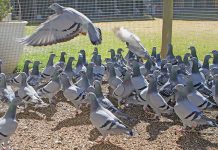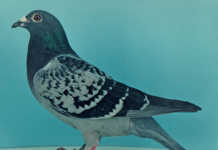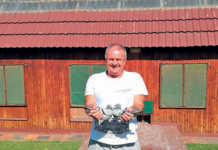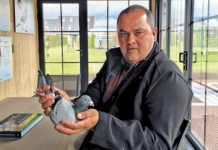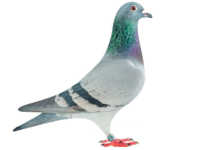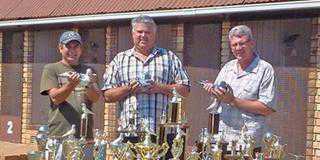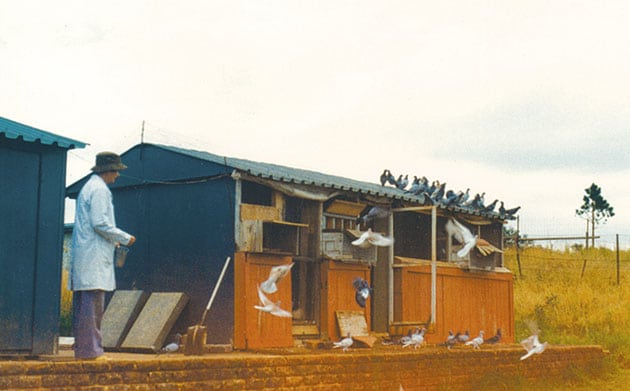
The South African breeding season for racing pigeons is assumed to kick-off spontaneously in May because pigeon ID rings are available only on 1 May from most local pigeon organisations. However, as the pigeon racing and breeding seasons in South Africa begin simultaneously, many fanciers prefer to put breeding on hold for a while. It’s a wise decision for most fanciers, because full attention should be given to getting the racers fit and ready for competition.
READ:New ‘fair chase’ hunting guild
Another reason not to begin a breeding programme too early in the season is to avoid the freezing temperatures of winter nights. The problem with breeding in cold-weather conditions is that the parent birds as well as the hatchlings are in need of extra nutrition and care.
If raising racing pigeons appeals to you more, then ensure that the loft is free from draughts and that loft temperatures stay as even as possible.Breeding pigeons should be properly conditioned well in advance to stay in good shape while the chicks take great benefit from the crop milk. Most fanciers breed only two to three rounds from their breeders to prevent the birds’ systems from being over-taxed.
It’s a healthy practice to give a breeding pair a break after the third round of breeding.After a two-week rest, re-mating can be resumed, provided the pigeons are healthy. However, many fanciers continue to four or five rounds of breeding. The prime benefit of first concentrating on the racing aspects before committing to breeding is that most of the cold winter spells are over by then, bearing in mind that a hatchling can die in the nest easily if exposed to extreme cold for too long.
The breeding time span can be shortened or lengthened, depending on the area in which you live. In an area in which extreme cold is experienced in winter, the warmer South African months starting from September are the preferred choice for breeding.If you live in a warm climate that has temperatures rising close to or above 30ºC, then breeding a late round of youngsters is not a good idea. Heat takes its toll on young birds with featherless bodies in the same way as freezing temperatures if they have not become conditioned to it.
This article was originally published on 11 December 2009 in Farmer’s Weekly.


